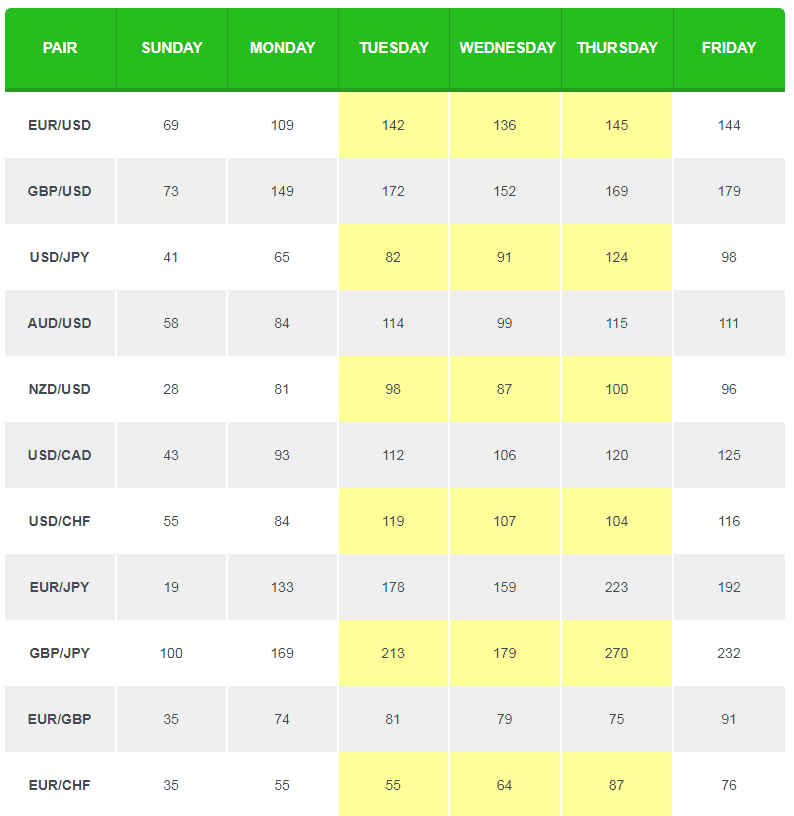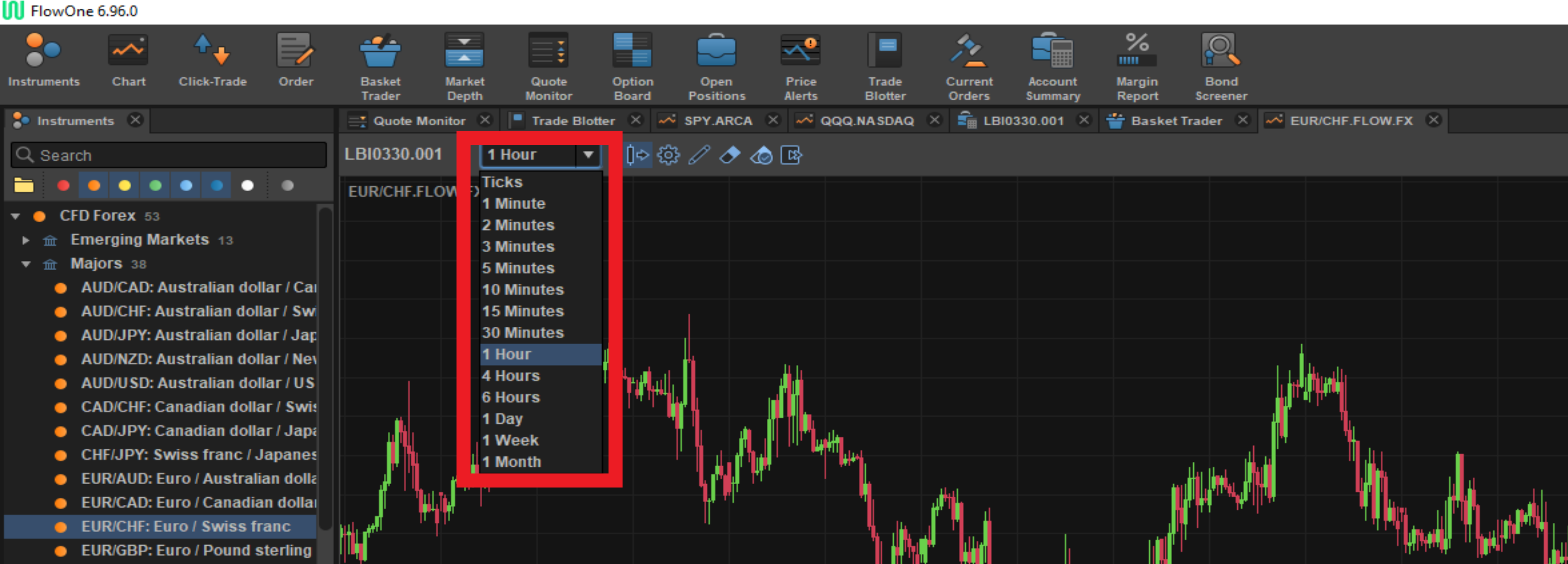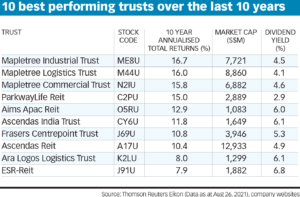
A course in forex trading is an option if you're looking to get started. We will be discussing the most important lessons that you need to know in a forex course. This includes charting and trends. Finally, we'll talk about how to choose the best broker for your needs. Continue reading to learn more. Here are the top forex courses that beginners and experts can use. Take action and use what you've learned!
Analysis is part of forex course
Learning about currency pairs is the first step in becoming a successful forex trader. These financial instruments can be traded worldwide and are affected by changes to the fair value and underlying market. The fair market value of an investment is the metric that is used for setting the asset's price. It is important in order to accurately assess its worth. The forex market is huge and has many advantages for both buyers and sellers. These information can help you spot trends and determine when the best time to trade.

There are many types of analysis in forex trading. In technical analysis, currency pairs are analyzed based on historical price patterns. These patterns can give clues as to hidden levels supply and demand. Another form of technical analysis is fundamental analysis, which focuses on current events, such as news releases. Both types of analysis are covered in Forex courses. The type of trader determines whether a trader uses technical or fundamental analysis.
Make sure to pay attention to charts and trends
Technical traders have the exact same toolset as other market participants. Technical traders focus on channel and trendlines, which link higher lows to higher highs during uptrends and lower highs with lower lows during downtrends. The timeframe is the key difference between these two types of charts. While trendlines are more accurate in the immediate timeframe, channels and trends are more reliable over longer-term timeframes. A forex course should also focus on how to read charts, and not only what they look like.
It is important to learn how to read currency charts in order forex trading. They provide an overview of price movements over time. By studying these charts, you will be able to predict which currency pairs will move in the future. These charts also display the levels where the market reversed. These are known as support levels. Sellers tend to be at resistance levels. Your success is dependent on your ability to read forex charts.
Choosing the right broker
Remember that every Forex broker has a different focus and each broker will offer different customer support. Others focus on low fees and advanced tools, while some brokers are not licensed in certain countries. It is important to know what your trading style is before you start your search. Forex brokers are generally licensed in several countries. However, they can vary in terms of quality and customer support.

Research the reputation of the Forex course before making a decision. Only a licensed broker can provide quality training. The courses must be kept up-to-date. They should be accessible on mobile and desktop computers, and provide relevant content. Online classes and face-toface classes may be offered by brokers. You can compare the reviews of different brokers to find an online class that suits your trading style.
FAQ
How can people lose money in the stock market?
The stock market does not allow you to make money by selling high or buying low. It's a place where you lose money by buying high and selling low.
The stock market is an arena for people who are willing to take on risks. They want to buy stocks at prices they think are too low and sell them when they think they are too high.
They expect to make money from the market's fluctuations. But they need to be careful or they may lose all their investment.
Who can trade on the stock exchange?
Everyone. Not all people are created equal. Some have better skills and knowledge than others. They should be rewarded for what they do.
Other factors also play a role in whether or not someone is successful at trading stocks. If you don't understand financial reports, you won’t be able take any decisions.
These reports are not for you unless you know how to interpret them. You must understand what each number represents. And you must be able to interpret the numbers correctly.
Doing this will help you spot patterns and trends in the data. This will enable you to make informed decisions about when to purchase and sell shares.
And if you're lucky enough, you might become rich from doing this.
How does the stock market work?
Shares of stock are a way to acquire ownership rights. A shareholder has certain rights over the company. He/she can vote on major policies and resolutions. He/she can demand compensation for damages caused by the company. He/she also has the right to sue the company for breaching a contract.
A company cannot issue more shares that its total assets minus liabilities. This is called capital adequacy.
A company that has a high capital ratio is considered safe. Companies with low ratios are risky investments.
What is security in the stock market?
Security is an asset that produces income for its owner. The most common type of security is shares in companies.
A company could issue bonds, preferred stocks or common stocks.
The earnings per share (EPS), as well as the dividends that the company pays, determine the share's value.
You own a part of the company when you purchase a share. This gives you a claim on future profits. You receive money from the company if the dividend is paid.
You can sell shares at any moment.
Why is a stock called security?
Security refers to an investment instrument whose price is dependent on another company. It may be issued by a corporation (e.g., shares), government (e.g., bonds), or other entity (e.g., preferred stocks). The issuer promises to pay dividends and repay debt obligations to creditors. Investors may also be entitled to capital return if the value of the underlying asset falls.
How can I find a great investment company?
A good investment manager will offer competitive fees, top-quality management and a diverse portfolio. The type of security in your account will determine the fees. While some companies do not charge any fees for cash holding, others charge a flat fee per annum regardless of how much you deposit. Others charge a percentage of your total assets.
Also, find out about their past performance records. A company with a poor track record may not be suitable for your needs. Avoid low net asset value and volatile NAV companies.
Finally, it is important to review their investment philosophy. A company that invests in high-return investments should be open to taking risks. If they are unwilling to do so, then they may not be able to meet your expectations.
Statistics
- The S&P 500 has grown about 10.5% per year since its establishment in the 1920s. (investopedia.com)
- Individuals with very limited financial experience are either terrified by horror stories of average investors losing 50% of their portfolio value or are beguiled by "hot tips" that bear the promise of huge rewards but seldom pay off. (investopedia.com)
- Even if you find talent for trading stocks, allocating more than 10% of your portfolio to an individual stock can expose your savings to too much volatility. (nerdwallet.com)
- Ratchet down that 10% if you don't yet have a healthy emergency fund and 10% to 15% of your income funneled into a retirement savings account. (nerdwallet.com)
External Links
How To
How to Trade Stock Markets
Stock trading refers to the act of buying and selling stocks or bonds, commodities, currencies, derivatives, and other securities. Trading is a French word that means "buys and sells". Traders trade securities to make money. They do this by buying and selling them. This type of investment is the oldest.
There are many ways you can invest in the stock exchange. There are three basic types: active, passive and hybrid. Passive investors only watch their investments grow. Actively traded investors seek out winning companies and make money from them. Hybrid investors take a mix of both these approaches.
Passive investing is done through index funds that track broad indices like the S&P 500 or Dow Jones Industrial Average, etc. This is a popular way to diversify your portfolio without taking on any risk. You can simply relax and let the investments work for yourself.
Active investing involves picking specific companies and analyzing their performance. Active investors look at earnings growth, return-on-equity, debt ratios P/E ratios cash flow, book price, dividend payout, management team, history of share prices, etc. They decide whether or not they want to invest in shares of the company. If they believe that the company has a low value, they will invest in shares to increase the price. They will wait for the price of the stock to fall if they believe the company has too much value.
Hybrid investment combines elements of active and passive investing. A fund may track many stocks. However, you may also choose to invest in several companies. In this instance, you might put part of your portfolio in passively managed funds and part in active managed funds.